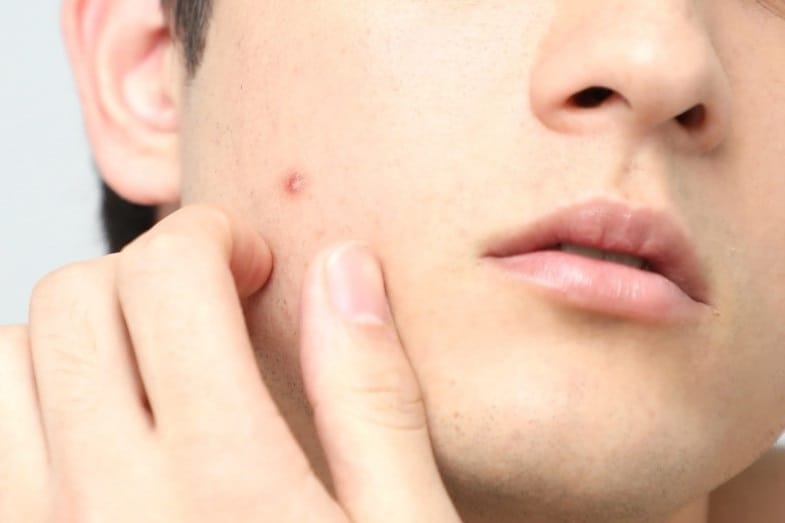
Papules: These are small bumps that may become inflamed (warm to the touch and painful).There are many types of pimples, and the symptoms depend on which kind you have. They’re sometimes associated with anxiety, depression, mood disorders and suicidal thoughts. Pimples don’t seriously affect your physical health, but they can affect you psychosocially (how society and social groups affect your mind) and psychologically (your self-perception and behavior). As a result, though it isn’t common, pimples sometimes appear on your eyelids ( styes), butt, ears, scalp, armpits (axilla) and external genitals (penis or labia). They release an oily lubricant called sebum that helps keep your skin and hair hydrated and shiny. However, oil glands are all over your body. Your face (especially your nose, chin and forehead, and sometimes your cheeks or around your lips), neck, back, chest and upper arms are most likely to develop pimples. They’re most common during adolescence, but adults may have them, too. Some researchers suggest that pimples affect nearly everyone at some time during their lives. Some even develop pimples for the first time as adults. However, they can affect babies, and many adults continue to have pimples into their 20s, 30s and beyond. Pimples typically affect teenagers (adolescents) and young adults undergoing hormonal changes. What’s the difference between acne and pimples?Īcne is a disease.

Acne typically causes pimples to develop, most commonly on your face, chest, shoulders and upper back. Pimples are small growths on the surface of your skin.


 0 kommentar(er)
0 kommentar(er)
